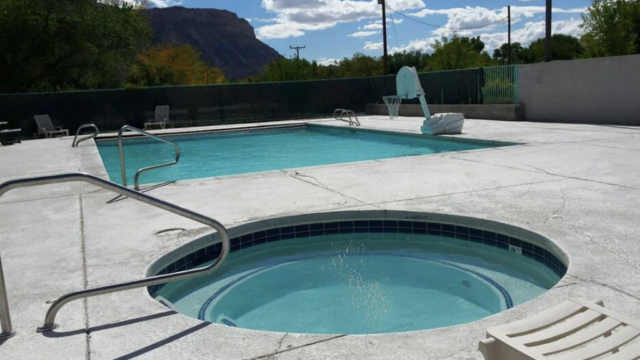CAINEVILLE
Caineville Utah is located just off Highway 24 on the east side of Capitol Reef National Park. The town was originally settled along the fertile banks of the Fremont River in 1882. According to one legend, the Mormon Church sent Brigham Ney and Elijah Cutler Behunin to settle the untamed area; Ney left after one night but Behunin and his nine family members stayed and built the first cabin in the area. Other sources say a young Walter Hanks led the way on foot, followed by Behunin, William Stringham and Yergen Jergensen who together accomplished the difficult task of taking a wagon through the rugged Capitol Reef gorge.
HISTORY
By the spring of 1883, several families had joined the Behunins, and Caineville continued to grow into an agricultural community. During the winter of 1892-‘93 a diphtheria outbreak struck the community, claiming many lives including several children. Over the years the town was also plagued by several floods. After a particularly devastating flood in 1909 many farmers and ranchers abandoned the town. Today Caineville is a sparsely-populated ranching community, offering some tourist amenities such as motel rooms, an RV park, rental teepees, a café, and backcountry tours. Several original structures remain, including the school-church building, the cemetery, and Behunin’s red sandstone cabin. Designed to blend in with the surrounding landscape, the cabin can be seen just off Highway 24 to the east of Capitol Reef National Park.
The town has been reputed to be named for John T. Caine, a congressional representative from Utah, and also for the wild cane that grew along the fertile banks of the Fremont River.





